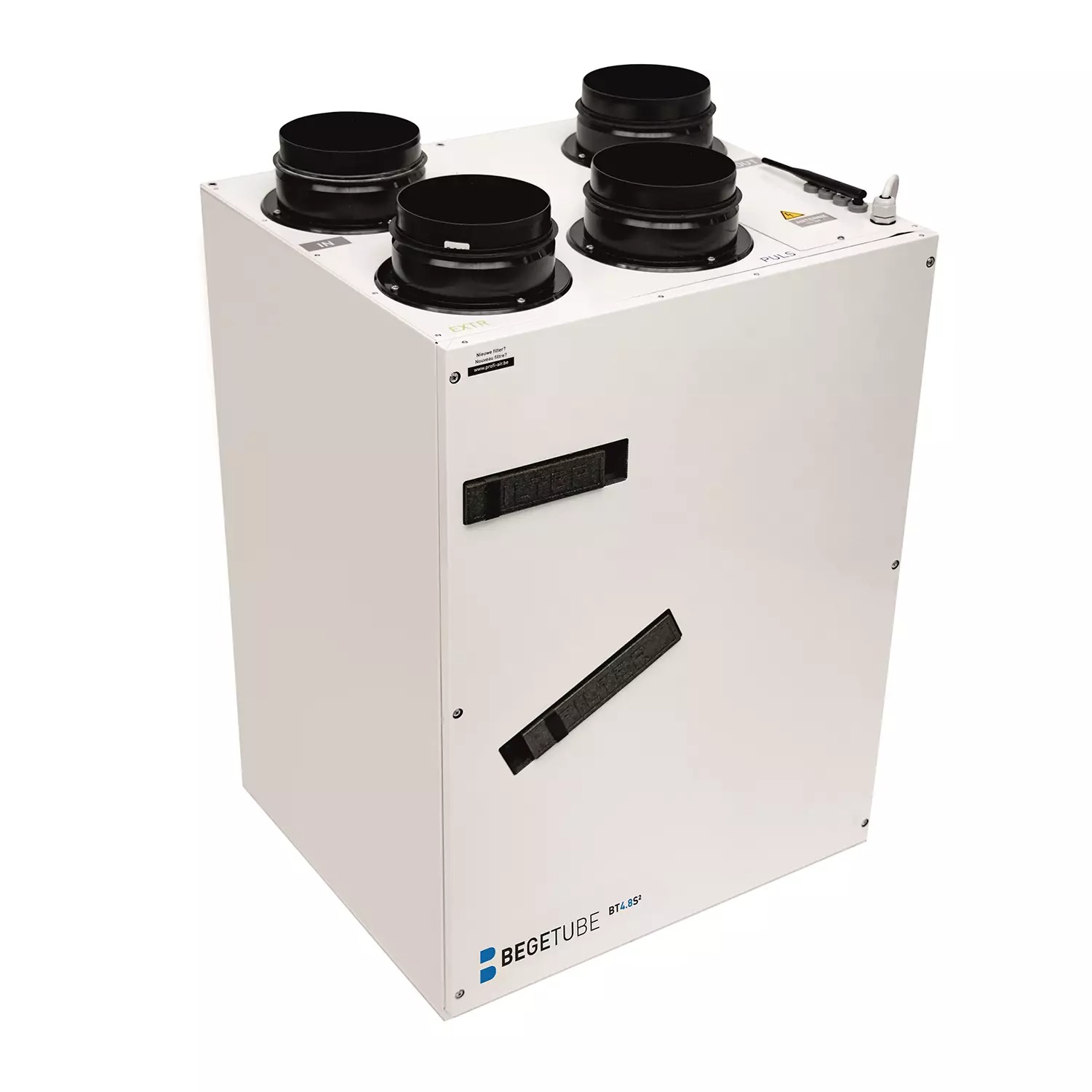A ventilation unit
A ventilation unit, also known as a fan unit or an air handling unit, is a device that is used to exchange air between the interior of a building and the outside environment. It is an important component of air-conditioning systems, which ensures the supply of fresh air into the building and the removal of polluted or heated air outside.
How the ventilation unit works:
The ventilation unit works according to the principle of ventilation and air circulation. Here are the basic steps of how it works:
Fresh air supply: the ventilation unit draws in outside air, which is often filtered to remove dust, dirt and allergens. This fresh air then enters the interior of the building.
Air Duct and Distribution: Air is distributed from the wind unit through a system of air ducts to the various rooms of the building. The channels ensure that the air is evenly distributed.
Heating or cooling: In some cases, the ventilation unit can be equipped with heaters or coolers that help regulate the air temperature depending on the requirements.
Discharge of polluted air: the ventilation unit also discharges polluted air, which contains carbon dioxide, moisture and other impurities, out of the rooms and into the outside environment.
Advantages of wind units:
Providing fresh air: Wind units regularly bring outside air into the interior of the building, which improves air quality and ensures a sufficient supply of oxygen.
Humidity control: Some wind units can be equipped with a hygrometer that regulates the humidity of the indoor air.
Reducing the concentration of harmful substances: Wind units contribute to the removal of polluted air that contains harmful substances, odors and allergens.
Efficient heating and cooling: Wind units can be integrated with heating and cooling systems, ensuring efficient temperature regulation.
Control via regulators: Many wind units can be controlled and programmed using regulators, which allows setting the required temperature, time and intensity of ventilation.
Wind turbines have a wide range of applications, from residential homes to commercial and industrial buildings. Their main task is to ensure proper air exchange, maintain air quality and contribute to a comfortable and healthy indoor environment.

